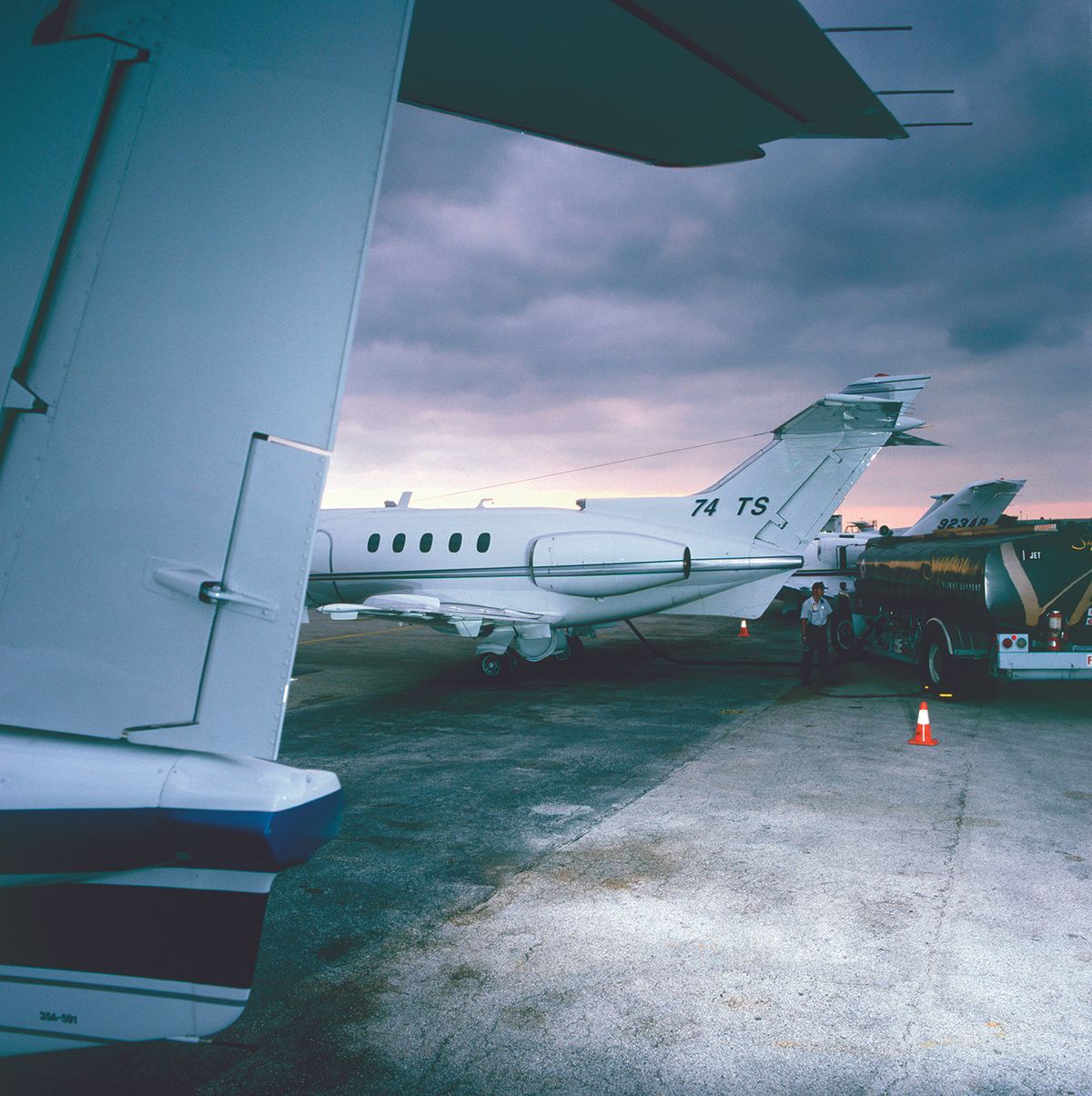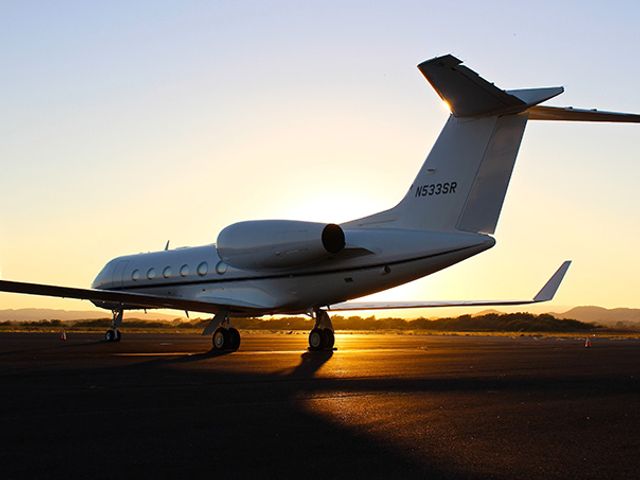Now Paris has an international art fair to rival Frieze London. Media coverage seemed to agree that October’s inaugural edition of Paris+, organised by Art Basel, the world’s biggest art fair franchise, attracted a far wider and wealthier audience of collectors than the more locally focused Foire Internationale d’Art Contemporain (Fiac) had during the preceding six decades.
But, as the New York-based critic Jerry Saltz and other observers noted, was there really that much difference between Paris+ and any of the art world’s other “destination” fairs that today generate so many air miles?
“Curators and critics who do not visit galleries in their own cities […] will see these galleries in London and Paris or in Hong Kong and then Miami and then and then all year round,” Saltz says on Instagram. The art world is “probably one of the greatest carbon burning industries of its size anywhere on earth today”, he adds.
Saltz raises a valid point about the seeming pointlessness of international art fairs. Why fly across the world to view works that have already been viewed online and that in many cases have already been sold? Why look at them for seconds at a crowded fair when similar works by the same artist could be more comfortably viewed and discussed in the representing dealer’s gallery?
But for most dealers, international fairs have become an irreplaceable part of the system. In 2019, the art world’s last “normal” year for which full data is available, live events overseas accounted for around 30% of all sales made by galleries, according to the most recent Art Basel & UBS Art Market Report.
“Flying to London is unavoidable,” says Megan Yuan of the Helena Anrather gallery in New York, which showed medieval-inspired paintings by the Canadian artist Jennifer Carvalho at Frieze London.
“In order to reduce our carbon footprint we are very conscious about flying,” Yuan says. In line with the recommendations of the Gallery Climate Coalition, which has a target of reducing members’ carbon emissions by 50% by 2030, Helena Anrather tries to keep long-haul flights to a minimum and packing materials are re-used whenever possible. Carvalho’s paintings were, however, flown from Toronto to London for Frieze, rather than by lower-emission sea freight, according to Yuan.
The art fair industry is aware of its reputation for being an environmentally damaging travelling circus. In 2019, Frieze London’s carbon footprint was audited by Hope Solutions. The fair had reduced its emissions considerably in a year, recording 88.1 tonnes of CO2, compared with 207 tonnes in 2018. But the audit did not account for the footprint of Frieze visitors or exhibitors, nor the carbon costs of transporting works to the fair—surely the most carbon-intensive aspect of the event?
“We are aware of art fairs that have commissioned consultants to conduct emissions audits of their operations—however, the results have not been shared with the Gallery Climate Coalition, although we would be very interested to look at the data,” says Heath Lowndes, a spokesperson for the group.
Can the art world really change its wasteful ways?
Art Basel audit underway
A spokesperson for Art Basel says that the Swiss-based franchise is “auditing its carbon footprint across its four shows, including owned and associated emissions. The audit is underway, and we will share findings when available”. Frieze, meanwhile, says that “we are working with our sustainability advisers and partners to develop an effective way to gain a more comprehensive understanding of scope 3 emissions”.
Wealthy collectors tend not to travel on the cheap, and those who fly first class are reported to have a carbon footprint more than nine times larger than those who travel in economy. The Global Carbon Project estimates that the US’s CO2 emissions will rise by 1.5% in 2022, with a surge in air travel mainly to blame.
International fairs seem destined to remain an indispensable part of the luxury lifestyles of wealthy art collectors. Organisers and exhibitors continue to take commendable incremental measures to reduce the carbon footprint of these events, but there is still an elephant in the room, and it has very big, very polluting wings.



